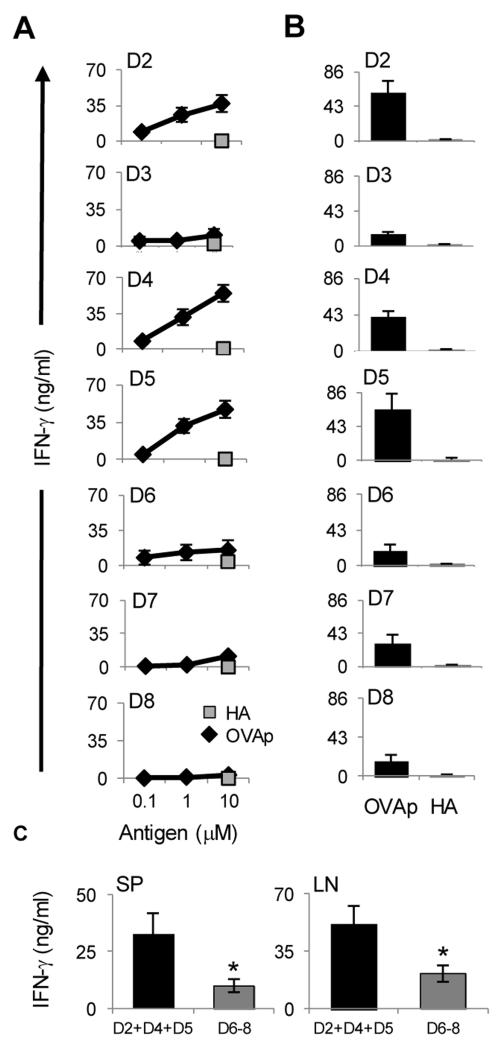Figure 2. Transition to memory is more effective with early compared to late effectors.
The BALB/c LN effectors described in Figure 1 were sorted from each division and transferred into Rag2−/− mice for parking. Four months later, the hosts were divided into two groups, one of which was sacrificed for analysis of splenic memory precursor responses (A) and the other group was immunized with OVAp/CFA and three days after immunization the SP and LN cells were isolated and their IFNγ responses were analyzed (B and C). (A) The precursor cells were stimulated with graded amounts of OVAp (diamond) and IFNγ responses were measured by ELISA. Stimulation with HA peptide (10μM) was included in all experiments for control purposes (squares). (B) LN cells were stimulated with 10μM OVAp or HA peptide and IFNγ responses were measured by ELISA. (C) shows summary bar graph of data for SP and LN comparing the mean memory IFNγ response of early (D2, D4 and D5) and late (D6, D7 and D8) effector at 10 μM. (A-C) Each point represents the mean of at least three independent experiments. *p< 0.05.

